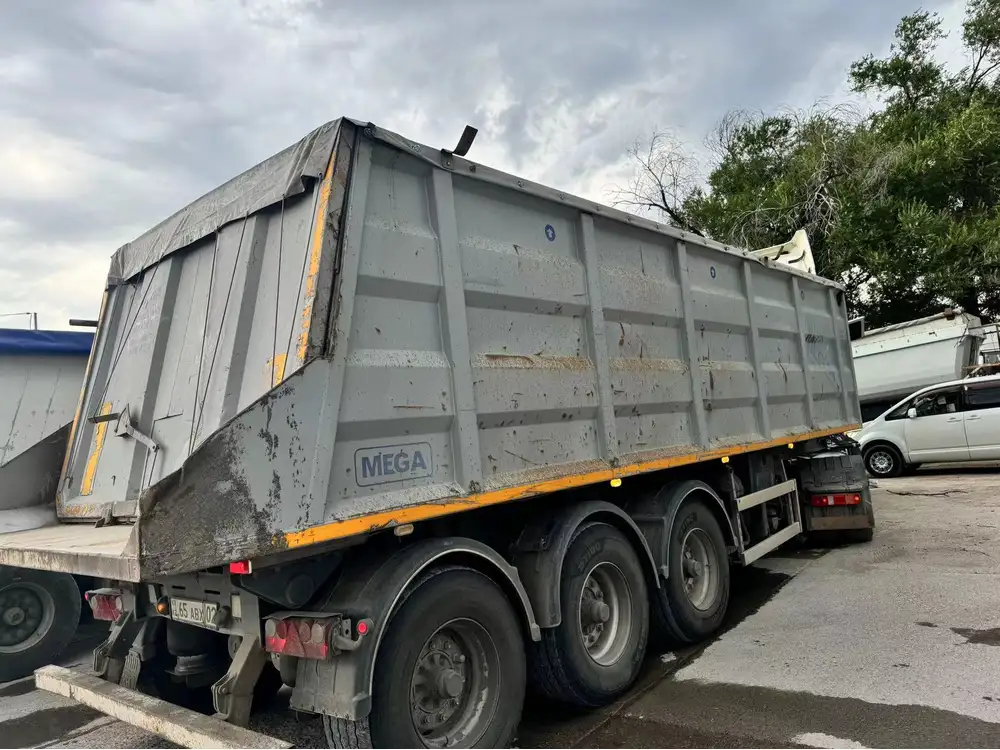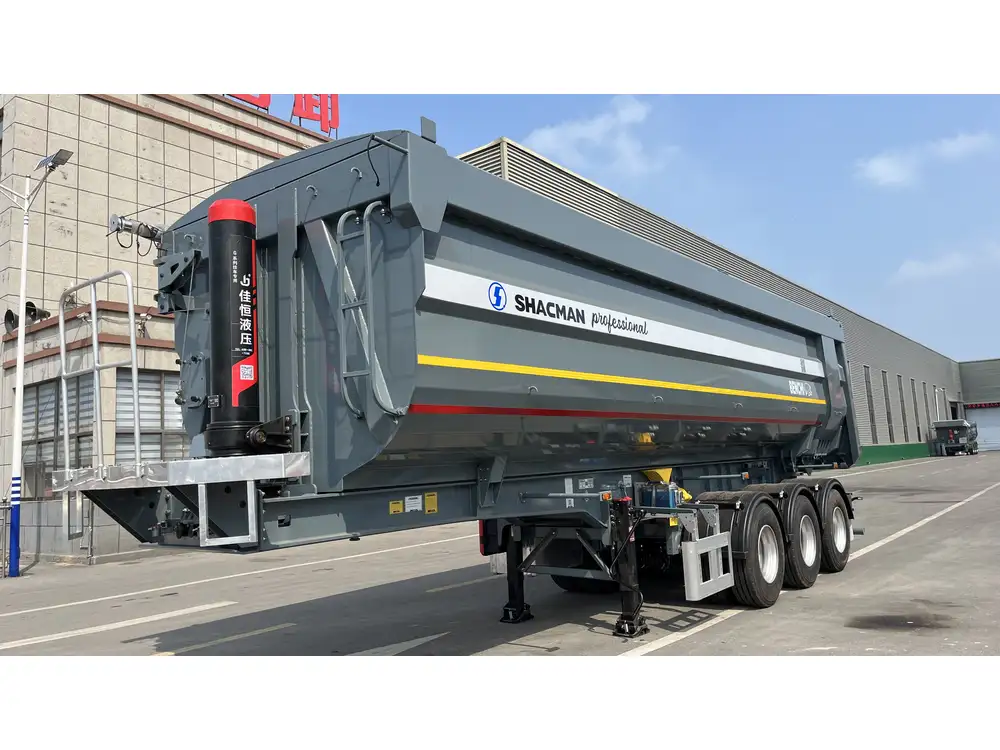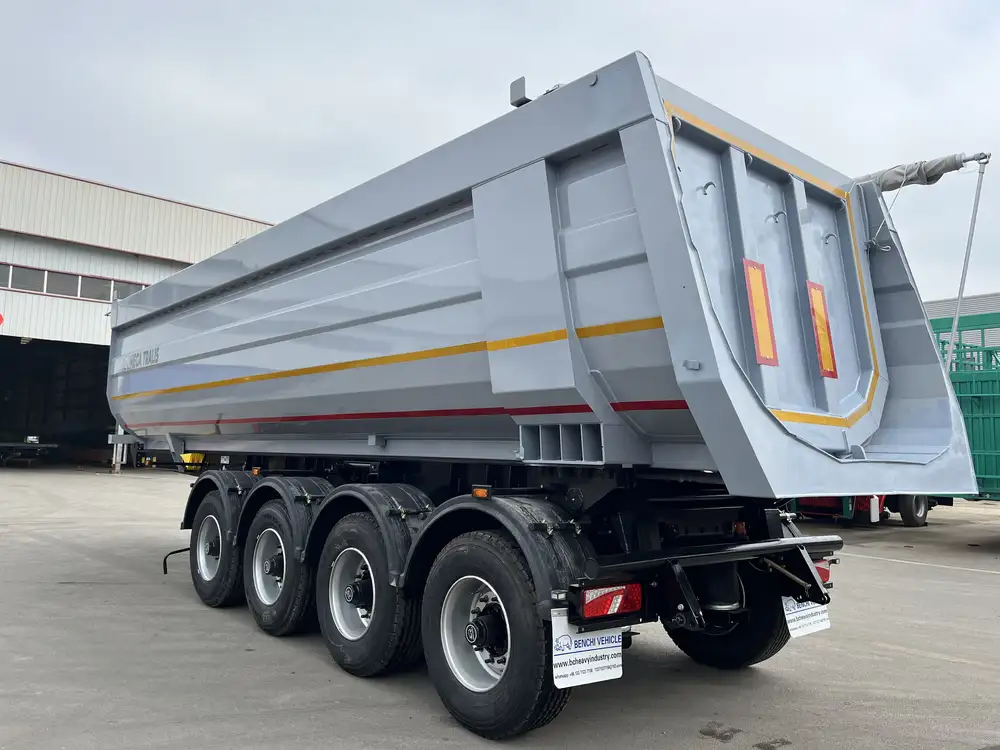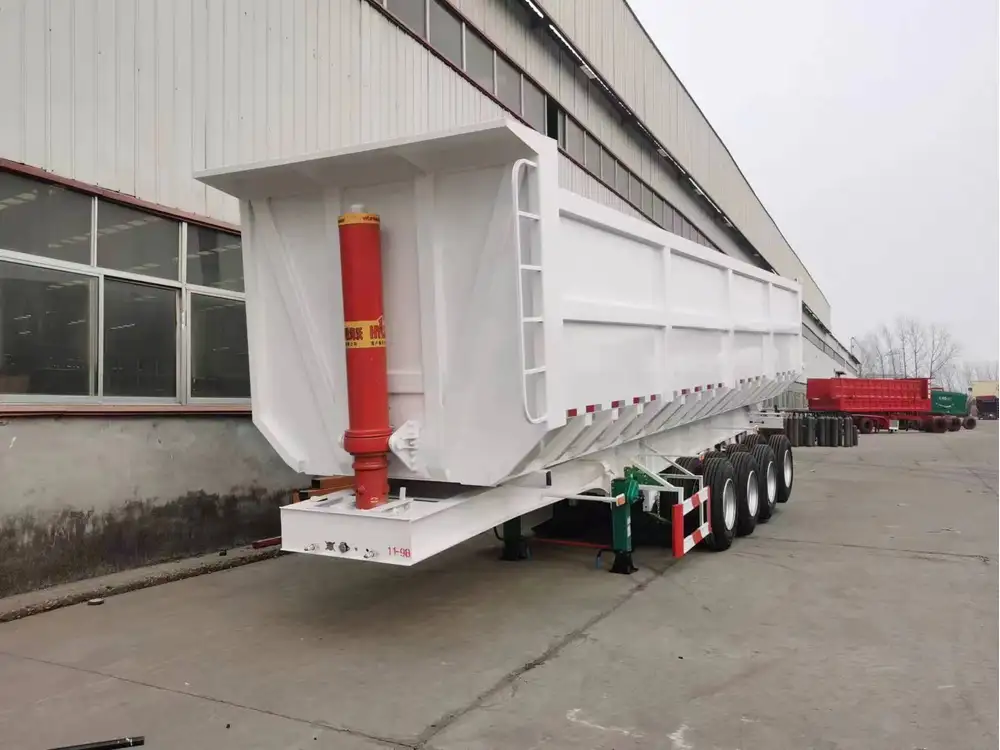Loading a skid steer onto a dump trailer can seem daunting, but with the right techniques and safety measures in place, the process can be streamlined and efficient. In this comprehensive guide, we explore best practices, safety considerations, and tips to ensure that your loading experience is both secure and effective.
Understanding the Equipment
Before we dive into the loading process, it’s crucial to understand the key elements of your equipment—the skid steer and the dump trailer.
| Equipment | Key Features |
|---|---|
| Skid Steer | Compact design, powerful hydraulics, versatile attachments. |
| Dump Trailer | Heavy-duty construction, hydraulic lift system, various load capacities. |
Skid Steer Specifications
Skid steers typically vary by size and power, impacting their weight and dimensions. Common models range from 800 to 2,500 pounds. Always verify the specific weight of your skid steer model, as this will affect the loading angle and the trailer’s load limit.

Dump Trailer Specifications
Dump trailers come in various sizes, often with weight capacities from 7,000 to 15,000 pounds. Ensure that your dump trailer is rated to carry the skid steer’s weight. Check the manufacturer’s specifications to determine the maximum allowable payload.
Step-by-Step Process for Loading a Skid Steer
1. Prepare the Environment
Before proceeding, evaluate the loading area. Look for:
- Flat Surface: A stable, even ground prevents tilting and ensures safety.
- Clear Path: Remove any debris or obstacles that may hinder the loading process.

2. Inspect the Equipment
Conduct a thorough inspection of both the skid steer and the dump trailer:
- Hydraulic Systems: Ensure smooth operation of hydraulic lifts on both the skid steer and the trailer.
- Tires and Traction: Inspect tire pressure and tread on the skid steer. A flat tire may destabilize the machine during loading.
- Trailer Brakes: Confirm that the dump trailer’s brakes function correctly to hold the trailer in place during loading.
3. Position the Dump Trailer
Park the dump trailer in a suitable location, ensuring it is:
- Level: This minimizes the risk of tipping during the loading process.
- Chocked: Place wheel chocks behind the wheels to prevent any movement.
4. Approach Angle
The angle at which the skid steer approaches the trailer is critical. A gentle incline reduces the risk of tipping. Align the skid steer with the trailer ramp, ensuring the entry angle is shallow.
| Approach Angle | Description |
|---|---|
| Steep | Increased risk of tipping and accidents. |
| Gentle | Safer entrance; minimizes risk of instability. |

5. Engage the Loader Arms
Before loading, ensure the loader arms are lowered. This lowers the center of gravity and provides better control during the loading process.
6. Loading Procedure
Follow these steps to load the skid steer smoothly:
- Shift into Forward Gear: Engage the forward gear slowly.
- Maintain Steady Speed: Approach the trailer at a controlled speed to prevent sudden movements.
- Use the Loader Arms: As you reach the trailer, slightly raise the loader arms to avoid catching them on the ramp.
7. Monitoring Stability
As the skid steer is halfway onto the trailer, closely monitor its balance. The machine should evenly distribute its weight across the trailer. If any instability arises, reverse gently to reposition before moving forward.

8. Secure the Skid Steer
Once fully loaded, secure the skid steer using ratchet straps or chains to prevent any movement during transport.
- Attachment Points: Use designated anchor points on the trailer for securing.
- Overlapping Straps: Use crisscross patterns for added stability.
Safety Considerations
Personal Protective Equipment (PPE)
While loading, ensure all personnel in the area wear appropriate safety gear, including hard hats, gloves, and safety shoes.

Communications Protocol
Establish a clear line of communication among team members. Use hand signals or radios to indicate when to load, stop, or adjust operations.
Training and Proficiency
Make certain that all operators have undergone training and are competent in handling both the skid steer and the dump trailer. Regularly review loading protocols to reinforce safety.
Check Local Regulations
When transporting your skid steer, check local regulations concerning weight limits and equipment transportation to avoid fines or penalties.

Troubleshooting Common Issues
Uneven Loading
If the skid steer appears to be loading unevenly, immediately halt the process. Adjust the approach or place additional support on the trailer’s ramp to stabilize it.
Slippage
Should you experience slippage while loading, ensure the tires of the skid steer are adequately inflated and replace any worn tires. Adjust the angle of the trailer ramp to achieve better traction.

Conclusion
Loading a skid steer onto a dump trailer need not be a complex task. By understanding your equipment, preparing adequately, and adhering to safety practices, you can ensure a smooth and efficient loading process. Remember, proper training, clear communication, and regular inspections remain key factors in optimizing loading safety and efficiency.
By following these step-by-step guidelines, both novice and experienced operators can confidently load their skid steers, providing peace of mind during transportation.
Additional Resources
For further reading, consider exploring these resources:
- Skid Steer Operator Manual: Offers insights into operating procedures and maintenance tips.
- Dump Trailer Specifications: Review a detailed guide on dump trailer capabilities.
- Safety Training Programs: Enroll in local safety courses tailored for equipment operation.
Implementing the techniques outlined above not only enhances safety but also boosts productivity on the job site. Happy loading!



